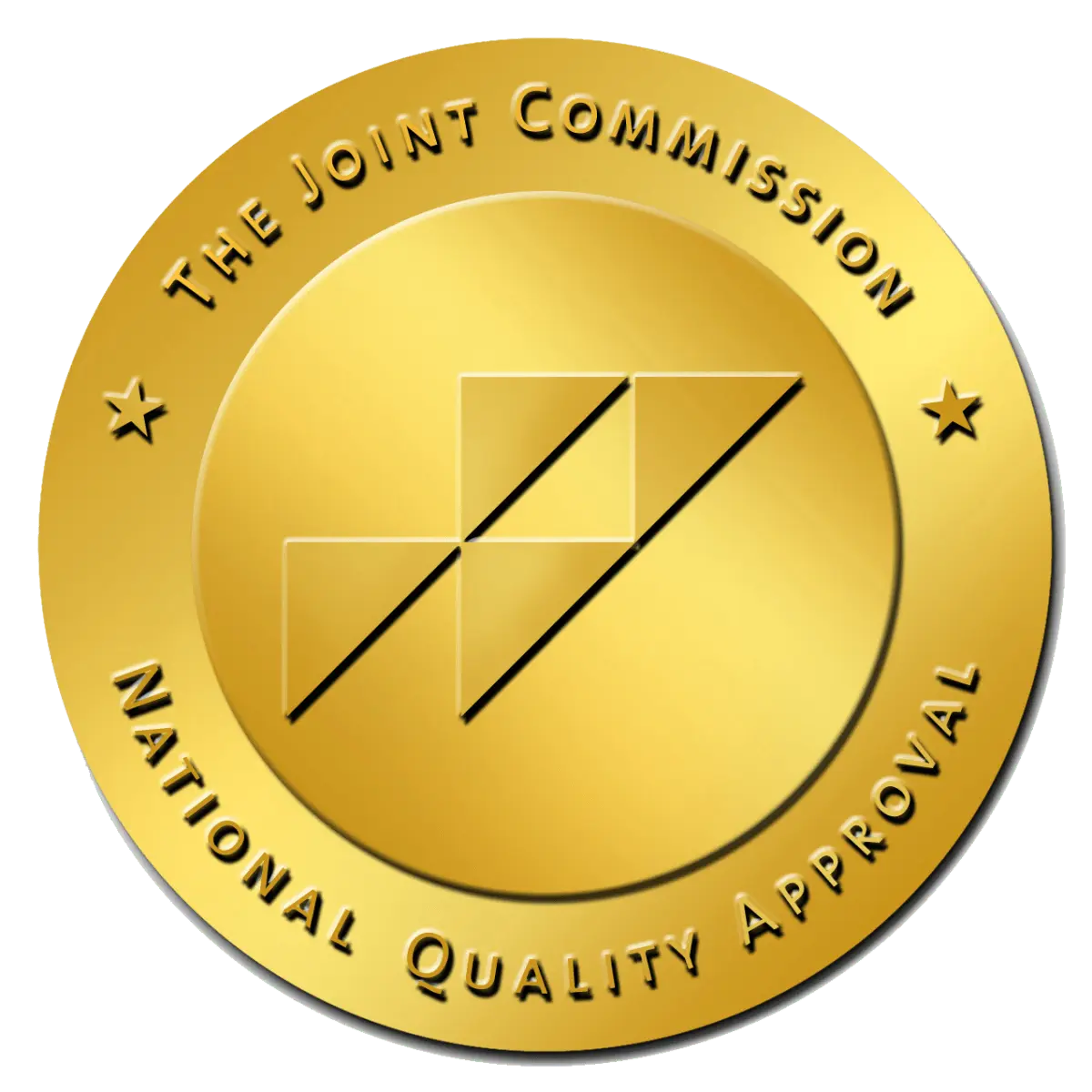You’ve probably heard of the term “hitting rock bottom.” What does that look like? When you think of the concept of rock bottom, you probably imagine someone reaching a breaking point where everything is in shambles. This is the worst that it’s going to get, and now they need to climb out of it somehow. There’s this myth around treatment and recovery that to change and get better; you need to hit this “rock bottom.” That, to fully learn your lesson and get out of denial, you need to lose everything.
However, this isn’t always true. More often than not, people don’t enter treatment after rock bottom; rather, they conclude on their own that it is time to get help.
The Problem With the Rock Bottom Myth
The issue with this myth is that it’s very limiting when it comes to the entire scope of treatment and recovery and the people who get it. It leaves out all of the people who seek treatment before reaching rock bottom, as well as the people who continue to relapse even after they’ve already reached their metaphorical rock bottom. There are countless reasons why a person might seek treatment at the stage they are at. Sure, some people wait to get help after experiencing a negative consequence for their substance use. Still, not every scenario involves an incredibly traumatic experience that changes their outlook on life.
Putting Themselves Through Unnecessary Trauma
People on the outside of addiction may view a person’s rock bottom as the point when they finally seek help. It’s an assumption that comes from media and how media presents addiction. A character experiences a dramatic moment where they lose everything, and that’s when they decide to get better. This expectation is internalized by people with addiction as well. Since they see others in media cope with their addiction on their own until they experience a disaster scenario, they wait to get help instead of preventing rock bottom in the first place. Through losing loved ones, losing a job, getting into legal trouble, or needing to be hospitalized because of their addiction, they experience trauma that could have been prevented if they had believed they needed help earlier.
Expecting Addiction to Look a Certain Way
The rock bottom myth also causes people to question why a person who seems perfectly fine on the outside is getting help or seeking treatment. On the outside, the person might seem like they have it together. They have a stable job, a loving family, a house, and no run-ins with the police. However, this mentality can be dangerous. Expecting a person to seek treatment only until they reach a breaking point ignores what’s going on inside.
It’s a Punitive Perspective
Another way people tend to frame the rock bottom myth is that it’s a person’s punishment for not seeing their addiction for what it is. There’s is a mentality where a person says, “Oh, someday they’ll hit rock bottom, and then they’ll get it.” They might view hitting rock bottom as a way for someone to finally learn their lesson as if exposure to trauma and loss should be a punishment for addiction. While sometimes it can come from a place of anger, resentment, or frustration, it can ignore the seriousness of what a person experiences when they lose everything. A person doesn’t deserve to lose everything to learn a lesson. No one should have to go through that to grow.
Ignoring Maslov’s Hierarchy of Needs
The rock bottom assumption ignores human psychology. Maslov’s hierarchy of needs covers what a person can prioritize based on their needs. A person worrying about food or sleeping can’t focus on building their self-esteem or self-actualization. They are focusing on surviving the next day. Believing a person is only going to try to get better when they hit rock bottom ignores the fact that a person can seek treatment and get help for their psychological needs if their physiological needs and physical safety needs get fulfilled.
If a person is at rock bottom, meaning they’ve lost their job and don’t know how to afford their next meal or are dealing with a prison sentence for drug possession, they aren’t focusing on attaining self-actualization. They are focusing on surviving an unsafe scenario. A person at rock bottom could get help if they have the resources and support to do so, but it’s much more likely that a person whose needs are met will be able to take the step to get help.
Don’t wait until rock bottom to get help. If you or your loved one is dealing with an internal struggle, seek help. Support those who want to seek treatment regardless of the state their life is in. Waiting until crisis only exposes you to trauma. Trust your gut that things aren’t okay and that you deserve better. There might still be consequences that make you realize that it’s time for a change. However, those consequences don’t need to be life-altering. Contact us today if you’d like to learn more about the treatment programs Villa Oasis offers.
We’re here to help, even if things in your life appear okay on the outside. You don’t need your life to be in shambles to seek treatment. There are resources that you can use to get better. For more information about the rock bottom myth or how you can seek treatment today, call (323) 739-8673.




